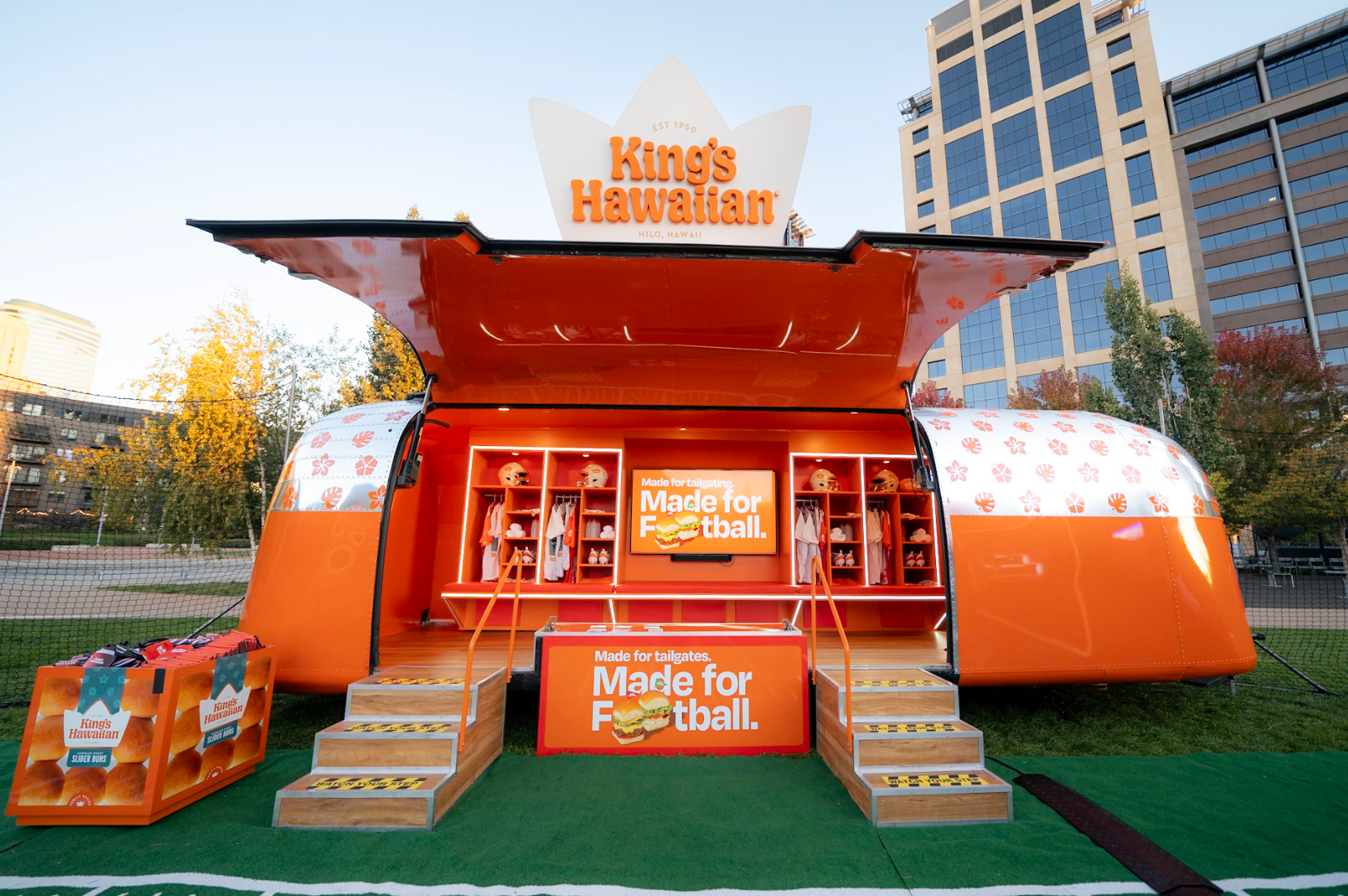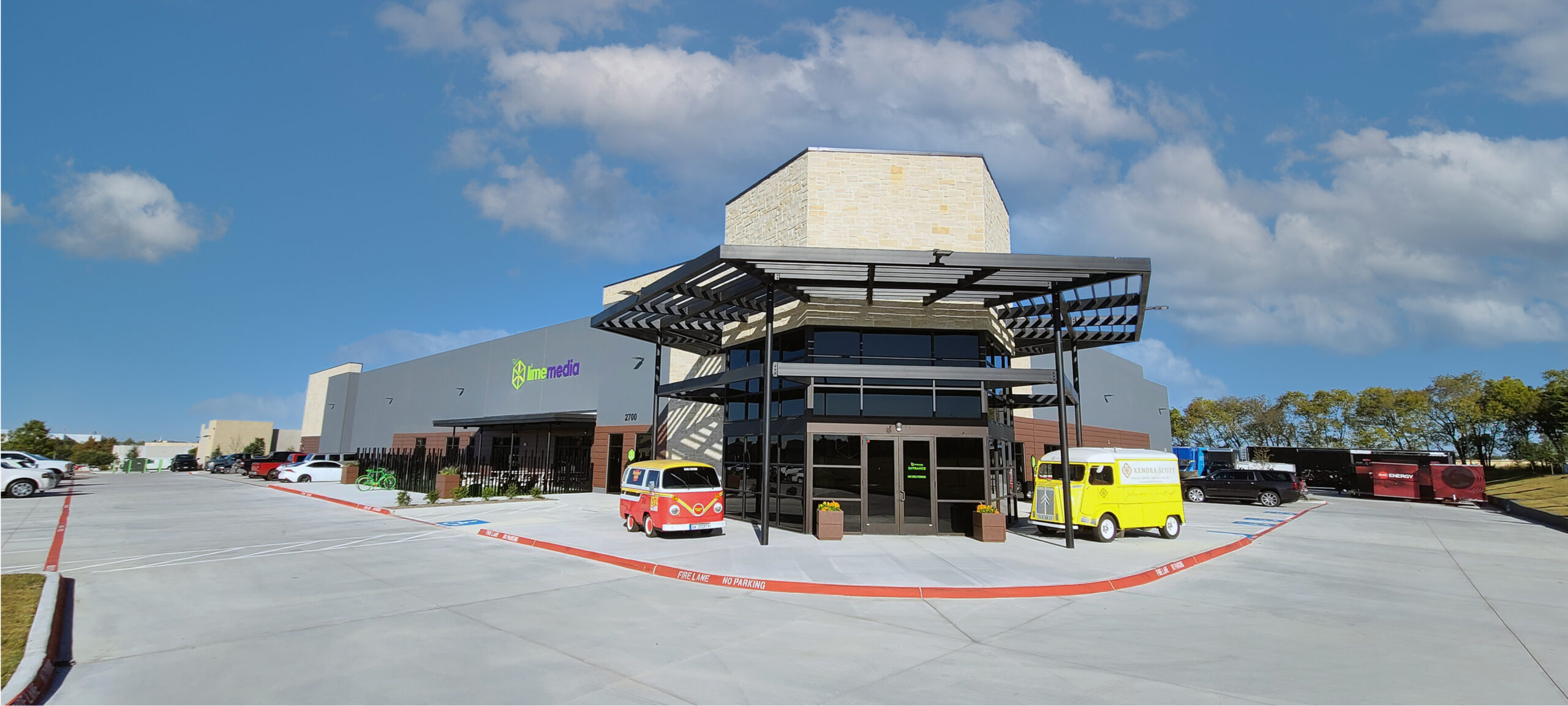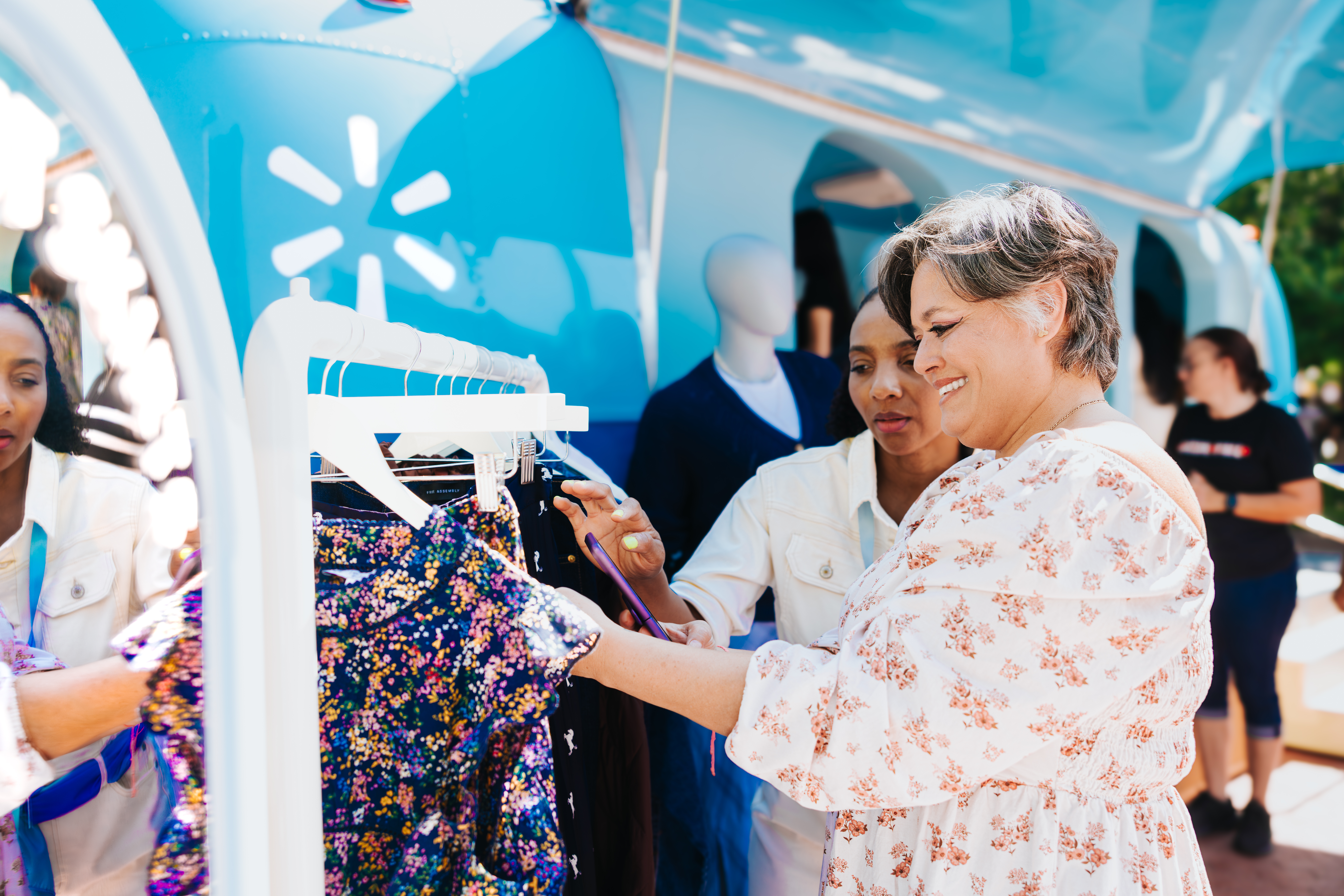OOH marketing examples range from traditional billboards to mobile campaigns that bring brands directly to consumers. Glass trucks, LED vehicles, and custom-built activations create face-to-face interactions where people can touch and try products instead of just seeing another advertisement.
Mobile activations work because consumers experience products firsthand. A branded Airstream touring college campuses generates more leads than campus posters, while a custom-built giant product replica driving through downtown creates social media buzz spreading far beyond the initial street-level exposure.
Mobile Digital Campaigns Revolutionizing Brand Activations
LED trucks and custom vehicles bring brands directly to consumers at festivals, events, and busy locations. These mobile campaigns use digital screens, interactive displays, and custom builds to create experiences people want to engage with:
Digital Billboard Trucks Bring Content to Any Location
Digital billboard trucks feature high-resolution screens that display animated graphics, videos, and real-time content updates. These mobile units can drive to college campuses, business districts, entertainment venues, or any location where brands want to reach specific audiences.
The trucks use directional programming technology that displays location-specific content based on GPS positioning. A retail brand can show store addresses to nearby consumers, while restaurants promote lunch specials to people within walking distance. The proprietary app allows real-time content management and performance tracking throughout campaigns. Learn more about our LED truck capabilities.
Route flexibility means brands can follow their audiences to multiple markets within a single campaign. People notice these trucks on highways, at events, and parked in high-traffic areas, often taking photos and sharing content on social media.
Content Updates Respond to Location and Weather
LED trucks can change their displays based on weather conditions or location. When temperatures drop, a beverage brand’s messaging switches from iced drinks to hot coffee. When the truck approaches a stadium, sports brands can display team-specific content. Location-based content changes work automatically through GPS.
Retail brands show store-specific offers when passing shopping centers, while restaurants promote lunch specials during midday routes through business districts. GPS tracking shows which routes generate the most engagement, allowing brands to adjust schedules based on traffic patterns and event timing. This data helps optimize where trucks spend time for maximum exposure.
Mobile Campaigns Target Specific Locations and Demographics
Brands position mobile campaigns where their ideal customers spend time. Festival circuits attract specific age groups and interests, while college campus tours reach 18-24 year olds during peak activity periods like move-in week or homecoming. Business districts during lunch hours and commuting times connect with working professionals.
Mobile units parked near office buildings, conference centers, and corporate campuses reach people with purchasing power during their daily routines. Event timing matters for maximum impact. Students respond best during social events and breaks between classes, while professionals engage more during lunch breaks and after-work hours when they’re not rushing to meetings.
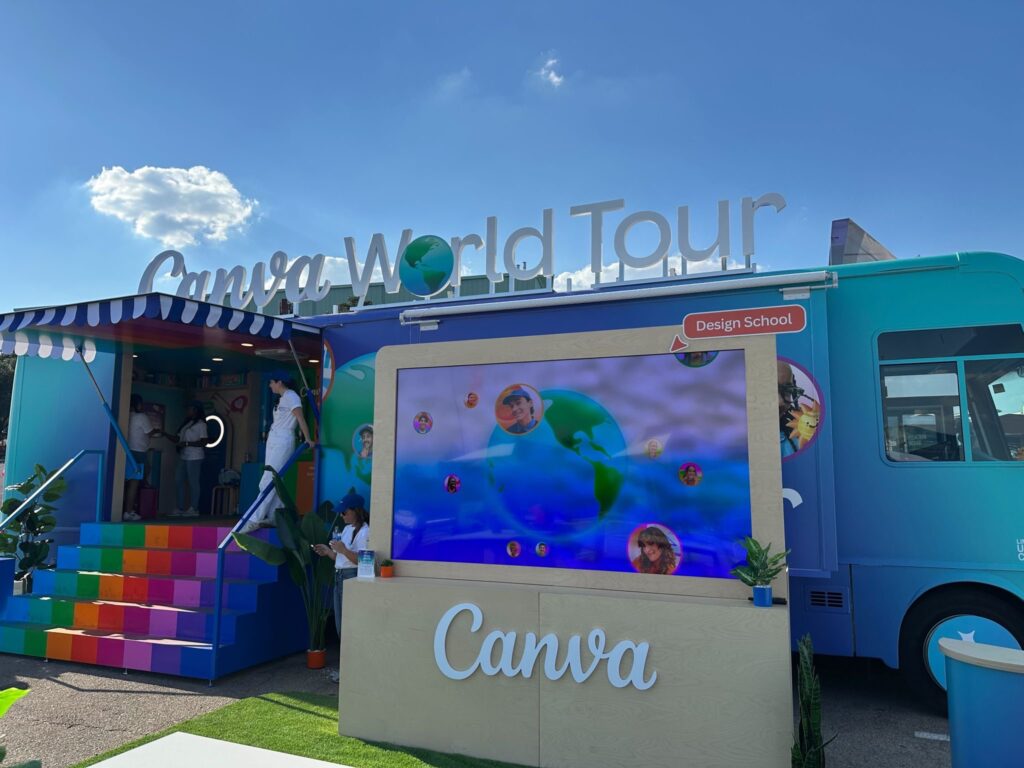
Custom Vehicle Builds and Interactive Experiences
Custom vehicle builds let people touch, sample, and experience products instead of just looking at ads. People can try things before they buy, which gets better results than hoping they’ll remember your brand later:
- Glass Trucks: Products displayed through clear windows so people can see everything from all angles
- Mobile Airstreams: Rolling retail spaces where people can actually shop and buy things on the spot
- Step Vans: Step vans make excellent sampling stations with serving windows and climate control for product demonstrations
- Custom Trailers: Expandable spaces that transform into interactive brand environments with room for multiple product displays
Mobile Activations at Music Festivals and Events
Mobile activations work best when they match what people are already doing. Music festivals attract specific demographics who are relaxed and open to trying new products. Brands set up glass trucks, custom trailers, or sampling stations at festival entrances or camping areas. Sports events create opportunities for team-themed activations.
A beverage brand might design digital artwork in local team colors for its LED truck when visiting different cities during playoff season. Holiday activations capitalize on shopping seasons—Halloween costume brands touring college campuses or holiday gift brands at winter festivals. Timing matters more than the activation itself. Summer festival circuits reach younger demographics during vacation, while holiday shopping events connect with families during peak purchasing times.
Working with Experiential Marketing Teams
Brands partner with experiential marketing companies to handle custom vehicle builds, logistics, and campaign execution. These partnerships produce giant product replicas, custom glass trucks, and interactive installations that generate social media content. A beverage company might commission a giant drivable bottle, while a tech brand creates a mobile showroom inside a custom trailer.
The experiential team handles permits, transportation, staffing, and setup across multiple cities. Full-service partnerships mean brands provide the concept and budget while the experiential team manages fabrication, routing, and on-site activation. This approach works for brands that want custom campaigns without building internal event management capabilities.
Special Marketing Projects Create Unforgettable Brand Moments
Special marketing products create oversized versions of products that can be driven on public roads. A beverage brand might commission a giant drivable bottle, while a snack company creates a massive moving package of their product. These builds use steel frames, foam, fiberglass, and vinyl wrapping over truck or trailer chassis. The builds work because people notice unusual vehicles on highways and city streets.
These vehicles can drive to events, park at festivals, or tour multiple cities. Some custom builds include interactive elements like sampling windows, product displays, or photo opportunities. The vehicles serve as transportation and activation space, allowing brands to set up experiences wherever they park. View special marketing project options.
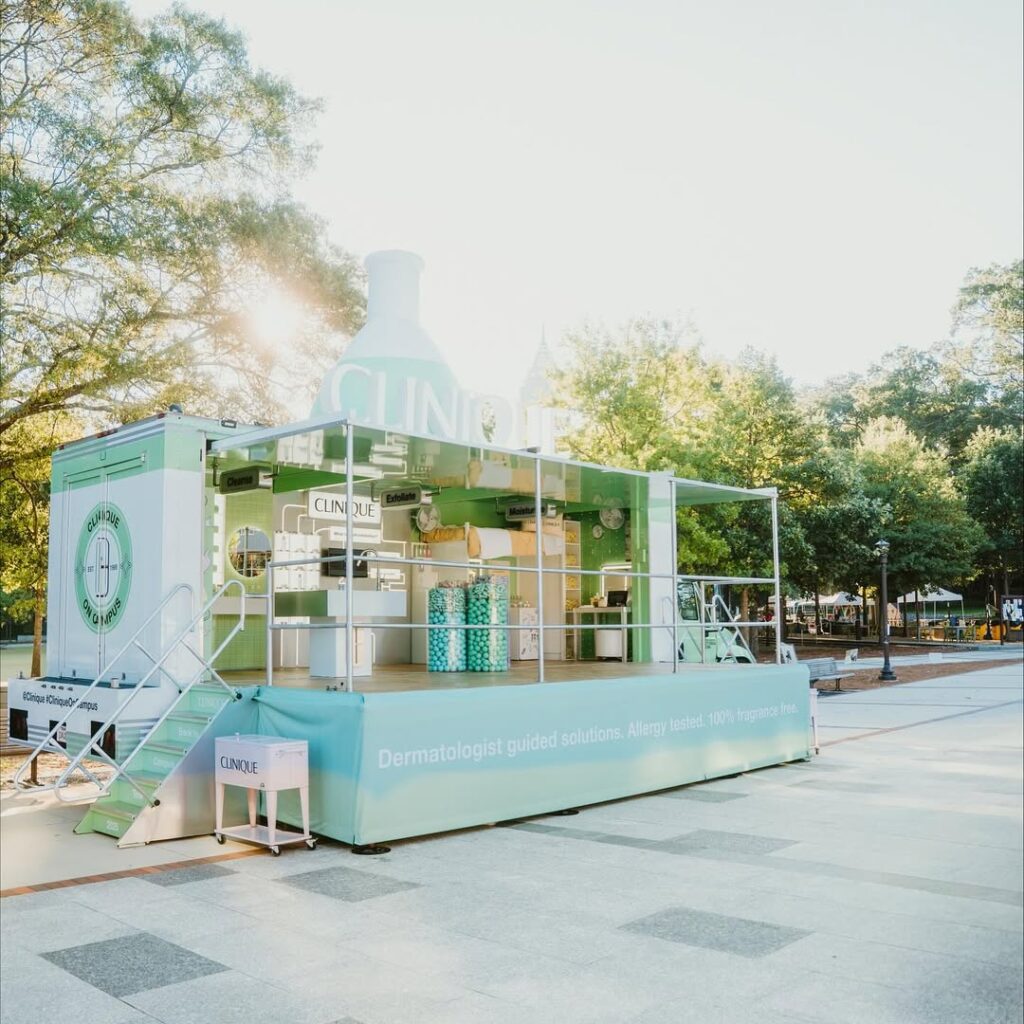
Social Media Content from Mobile Campaigns
Mobile campaigns generate social media content when people photograph unusual vehicles or share experiences from activations. For example, a giant driving almond gets posted because it’s exciting to see on the highway. People also take selfies with custom builds at festivals and tag the brand. Some campaigns include photo opportunities like branded backdrops, product displays, or interactive elements designed for sharing.
QR codes on vehicles can link to social content or exclusive offers that extend engagement beyond the initial encounter. The impact of social media depends on the activation’s uniqueness and location. Custom builds driving through busy areas get more organic posts than standard wrapped vehicles. Festival activations generate more content because attendees are already in sharing mode:
Coordinating Mobile Campaigns with Social Media
Brands post social media content before, during, and after mobile activations. Instagram stories announce when custom vehicles arrive in new cities, while TikTok videos show behind-the-scenes setup footage. Location tags help people find activations at festivals or events. Some campaigns use geotargeted ads to promote activations to nearby audiences.
A beverage brand might target college students within 5 miles when its sampling truck reaches campus. Real-time posting during activations captures crowd reactions and product interactions. Campaign timing aligns mobile tours with product launches, seasonal promotions, or major events. A retail brand tours college campuses in the fall to target its product demographic.
Video Content from Mobile Activations
Brands film mobile activations to create social media content and document consumer reactions. Set up footage, product demonstrations, and crowd interactions to provide material for Instagram reels, TikTok videos, and YouTube content.
Live streaming works for real-time engagement during important activations. Brands can also stream from festivals, college campuses, or special events to show the activation in action. Professional video services capture everything from the vehicle build process in the fabrication shop to on-site activation filming at events, providing brands with comprehensive campaign documentation.
Viewers can ask questions in comments while watching the experience unfold. People at activations create their own video content by filming custom vehicles, trying products, or participating in experiences. These user videos often perform better on social media because they feel less promotional than brand-created content.
Campaign Planning and Budget Considerations
A beverage brand might tour college campuses during back-to-school season, while a retail brand activates during holiday shopping periods. Budget splits between mobile activations and supporting digital marketing vary by campaign goals.
Product sampling tours need a larger mobile budget for vehicles and staffing, while awareness campaigns might balance mobile and social media spending more evenly. Campaign success is measured through activation attendance, social media mentions, website traffic, and sales data where possible. Most brands track basic metrics like event attendance and social media engagement rather than complex attribution modeling.
Choosing Locations and Audiences for Mobile Campaigns
Mobile campaigns work by going where target customers spend time. College tours reach 18-24 year olds at dorms, dining halls, and student centers. Business district activations during lunch hours connect with working professionals. Festival circuits provide access to specific demographics based on music genres, ticket prices, and geographic locations. EDM festivals attract audiences that are different from country music festivals or food festivals.
Timing matters as much as location. Students respond better during social events and breaks between classes. Professionals engage more during lunch breaks and after-work hours when they’re not rushing between meetings:
Mobile Activations at Festivals and Major Events
Music festivals attract specific demographics based on genres and ticket prices. Country music festivals draw different audiences than electronic music events. Brands position glass trucks, custom trailers, or sampling stations at festival entrances, camping areas, or sponsor villages.
Sports events work for brands targeting team fans or general sports audiences. Mobile units park near stadiums, tailgating areas, or fan zones before games when crowds are gathering and in good moods.
Conference targeting reaches business audiences with purchasing power. Units outside convention centers or in hotel districts connect with attendees during industry events focused on business topics and networking.
Designing Activations for Different Event Types
You can’t run the same setup at a country music festival and a tech conference. People show up with different expectations and moods:
- Music Festivals: Match the vibe with wild graphics, interactive elements, and free samples that fit the scene
- Food Festivals: Cooking demos, ingredient tastings, and photo spots that make sense with all the food around
- Sports Events: Team colors, prediction games, and fan gear that get people hyped about their teams
Campaign Goals: Awareness vs Direct Response
Mobile campaigns fall into two main categories based on their objectives:
- Brand Awareness Campaigns: Custom vehicle builds, LED displays, and eye-catching designs that get people talking and sharing photos
- Direct Response Campaigns: Product sampling, email collection, and immediate purchase opportunities that drive action on the spot
Partner with Lime Media for Mobile OOH Campaigns
Lime Media operates 250+ mobile vehicles, including LED trucks, glass display units, custom trailers, and 3D product replicas. We handle everything from vehicle fabrication and route planning to staffing and activation management across the US and Canada.
Our custom builds include giant driving almonds, monster trucks, gold bars, and product-shaped vehicles that generate social media attention. We also offer standard glass trucks, Airstreams, and LED billboard trucks for sampling tours, retail activations, and brand awareness campaigns. Contact us to discuss your next mobile campaign.
Frequently Asked Questions
What are some OOH marketing examples?
An example of OOH marketing includes mobile LED trucks displaying dynamic video content at festivals, custom glass trucks showcasing products through 360-degree windows, or giant product replicas like driving almonds or oversized bottles that travel to events and high-traffic areas. These mobile activations create face-to-face consumer interactions through product sampling, interactive displays, and immersive brand experiences.
How effective is OOH advertising?
OOH advertising effectiveness depends on the format and execution, with mobile experiential campaigns generating higher engagement through direct consumer interaction compared to static displays. Mobile activations work because people can touch, sample, and experience products firsthand while also creating social media content that extends reach beyond the initial exposure.
Is OOH considered paid media?
OOH is considered paid media because brands pay for advertising space or vehicle deployment to reach audiences in public locations. Mobile OOH campaigns involve costs for vehicle rentals, custom builds, staffing, permits, and route planning to position branded experiences where target audiences gather.
Which industries benefit most from mobile OOH campaigns?
Mobile OOH campaigns work best for industries that can demonstrate products through sampling, interaction, or visual impact. Consumer goods like beverages, food, skincare, and retail brands see strong results because people can try products immediately and make purchase decisions on the spot.
Do mobile activations require special permits and insurance?
Mobile activations require permits and insurance that vary by location, vehicle type, and activation scope. Most experiential marketing companies handle permit applications, route approvals, and insurance requirements as part of their full-service offerings to brands.

